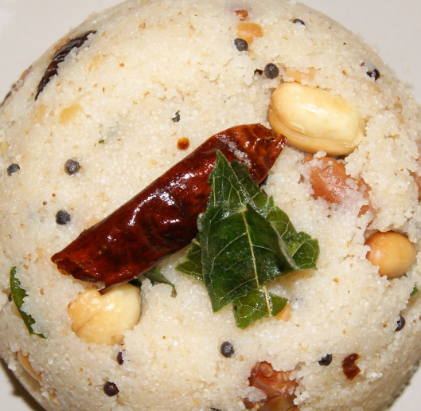
Vegetable Couscous(Upma)
A twist on couscous, this South Indian breakfast is a nutritious…

Peas is good in ascorbic acid and is rich in Vitamins
Peas is a “controversial” vegetable. I call it “controversial” because everything from his origin to his name is been claimed by different civilizations. Some say that peas originated in Northeast India, China while peas were also found in excavations in Switzerland dating to the Bronze Age and in an Egyptian tomb at Thebes so no one clearly knows.
Also the word ‘peas’ is derived from Sanskrit while others say that it’s derived from the Latin ‘Pisum.’ The Anglo-Saxon word for peas was ‘Pise’ or ‘Pease’.
But one thing is sure that Peas was one of the most consumed vegetables in English and Scottish homes during the Middle Ages. During the time, it found its significance mentioned in a nursery rhyme ‘pease porridge hot, pease porridge cold.’
In terms of consumption and production on an average, everyone in Britain eats nearly 9,000 peas per year and there are 35,000 hectares of peas grown in the UK each year, equivalent to about 70,000 football pitches.
This produces about 160,000 tonnes of frozen peas – that’s 2 billion 80 gram portions. Peas can be divided into three general categories: whole pea pods eaten young and fresh, shelled peas eaten fresh and shelled peas that are dried.

A twist on couscous, this South Indian breakfast is a nutritious…
